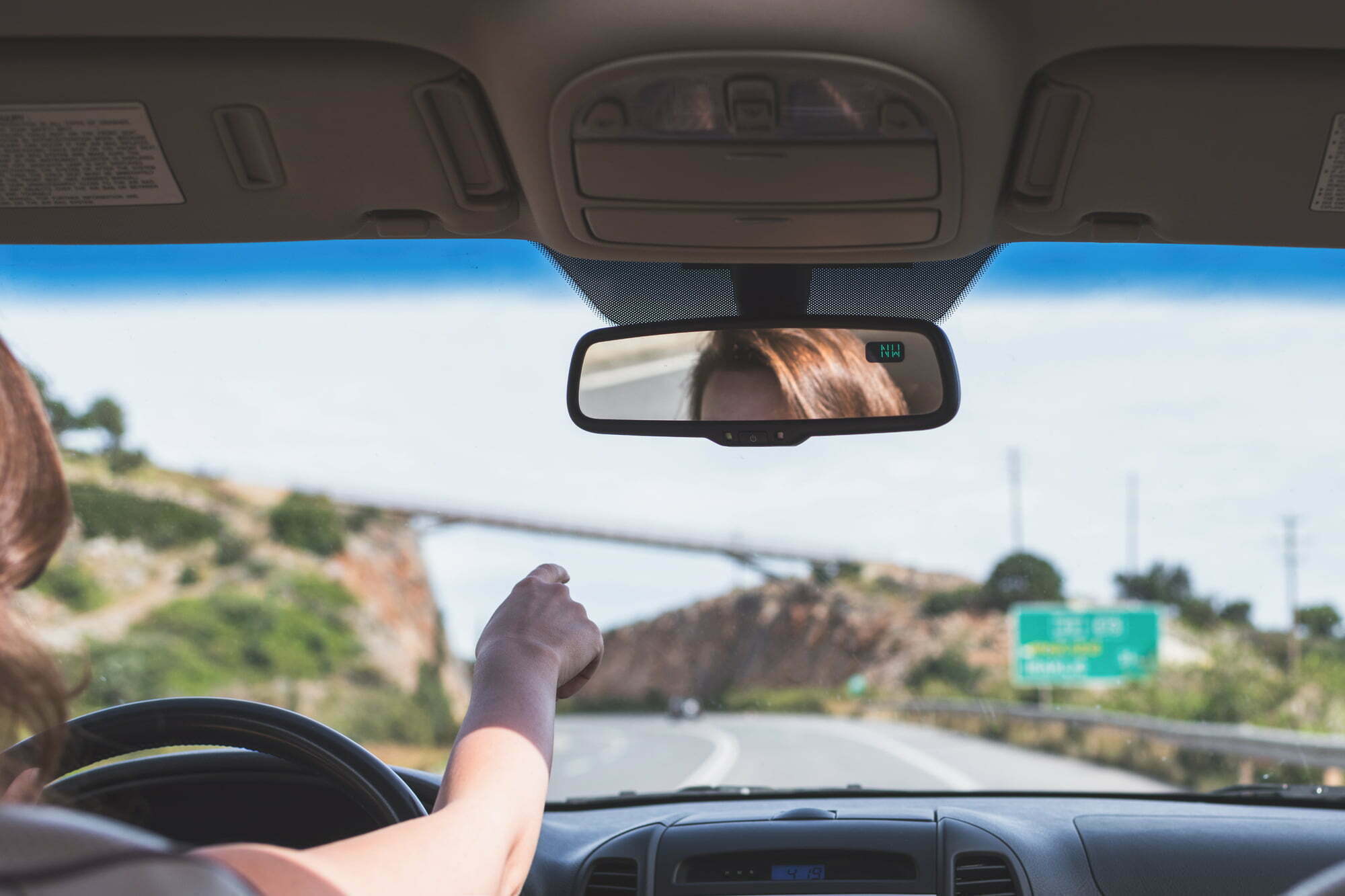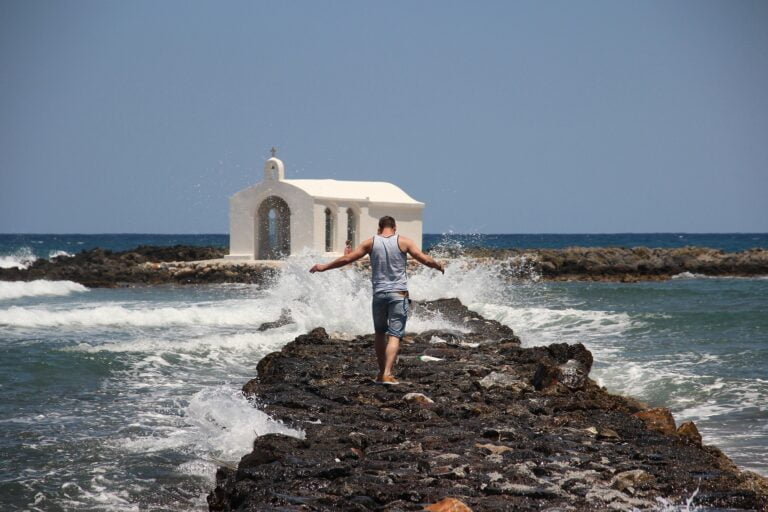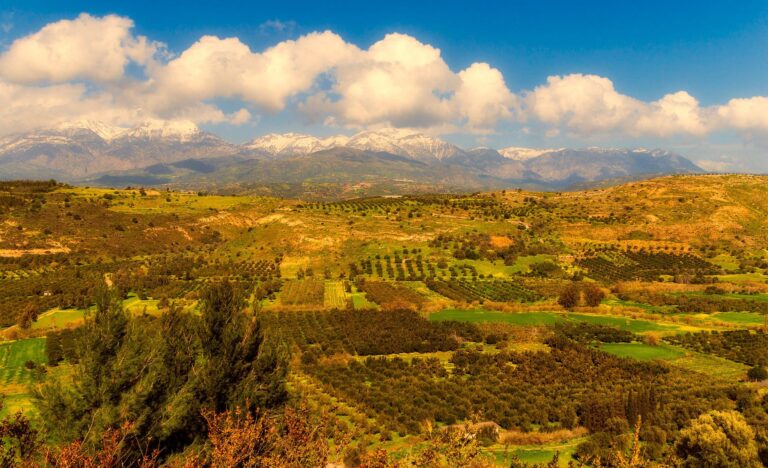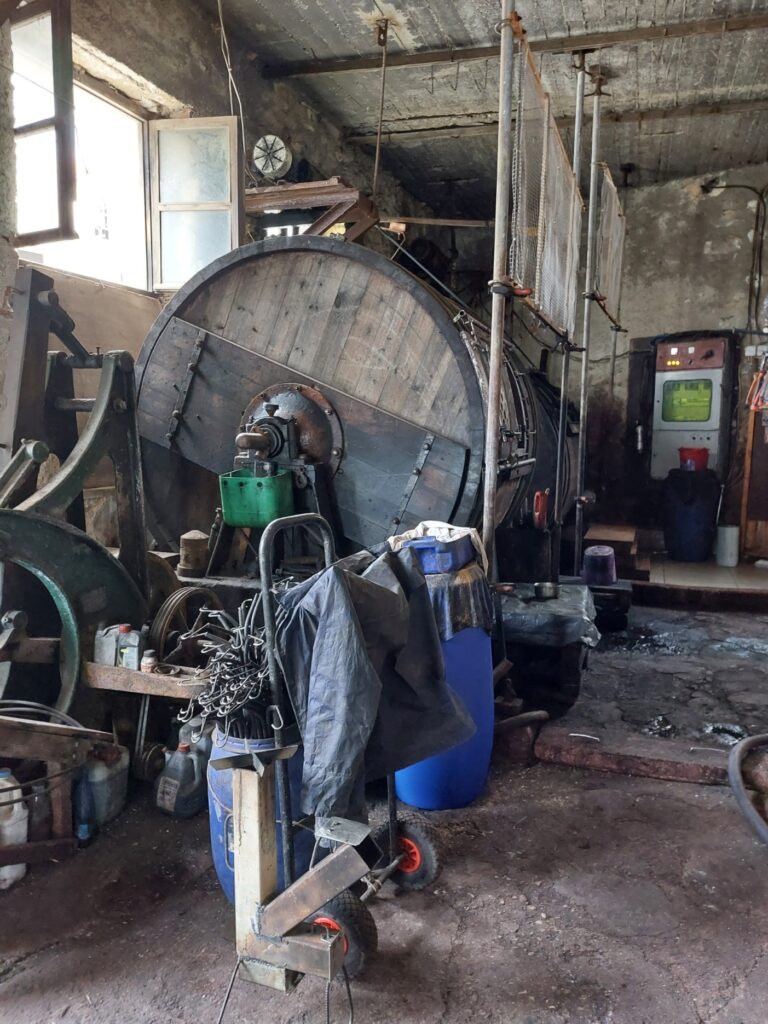Driving in Crete: A Guide for Holidaymakers
Welcome to Crete, a land of ancient history, breathtaking landscapes, and vibrant culture. As you embark on your journey to explore this beautiful island, you may choose to navigate its winding roads and scenic routes by car. Driving in Crete can be an exhilarating experience, giving you the freedom to discover hidden gems at your own pace. However, knowing the unique driving conditions and potential hazards is essential to ensure a safe and enjoyable trip. This guide aims to equip you with the necessary knowledge to navigate Crete’s roads confidently.
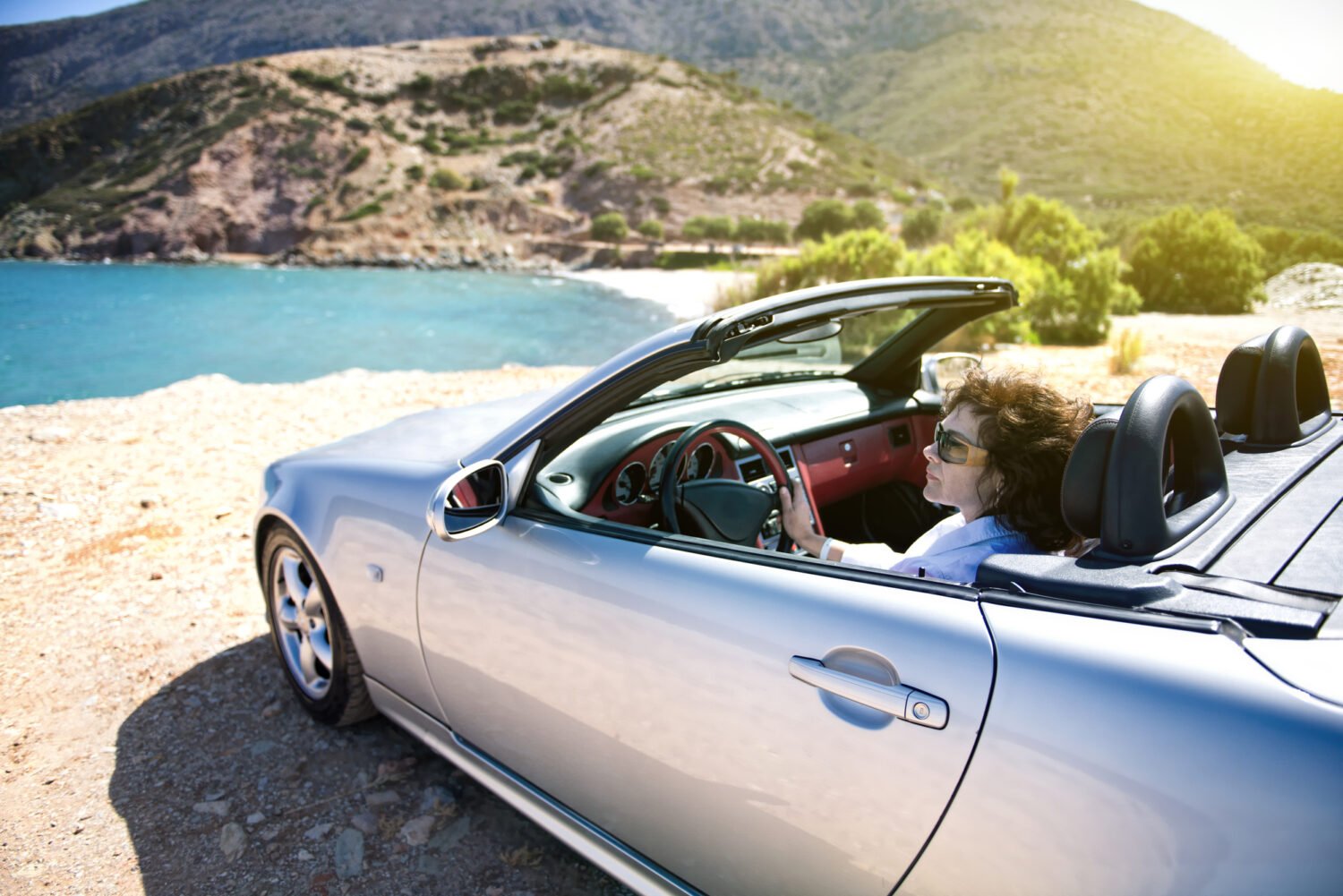
Embrace the Adventure
Driving in Crete is an adventure in itself. The island’s diverse terrain ranges from bustling city streets to narrow mountain passes, each offering challenges and rewards. Cretan drivers are known for their spirited driving style, which, while efficient, can sometimes appear aggressive to foreigners. However, keep this from deterring you. Embrace the adventure, stay alert, and you will soon adapt to the local driving culture.
Understand the Road Rules
Before you hit the road, familiarise yourself with the local traffic rules. In Crete, as in the rest of Greece, we drive on the right-hand side of the road. Seat belts are mandatory for all passengers, and using mobile phones while driving is prohibited unless you have a hands-free device. Speed limits vary depending on the type of road, so keep an eye out for signage.
Beware of the Unexpected
While driving in Crete, always be prepared for the unexpected. You may encounter slow-moving tractors, herds of sheep crossing the road, or locals on donkeys, especially in rural areas. Sharp turns, sudden changes in road quality, and unmarked speed bumps are also familiar. Stay vigilant, maintain a safe distance from the vehicle in front, and drive at a speed that allows you to stop safely if necessary.
Navigate the Mountain Roads
Crete’s mountain roads offer some of the most stunning views you’ll ever see. However, they can be challenging for those not accustomed to driving on steep, narrow lanes with sharp bends. Keep to your side, especially around blind corners, and be prepared to back up to allow oncoming vehicles to pass in tight spots. Remember, the driver going uphill has the right of way.
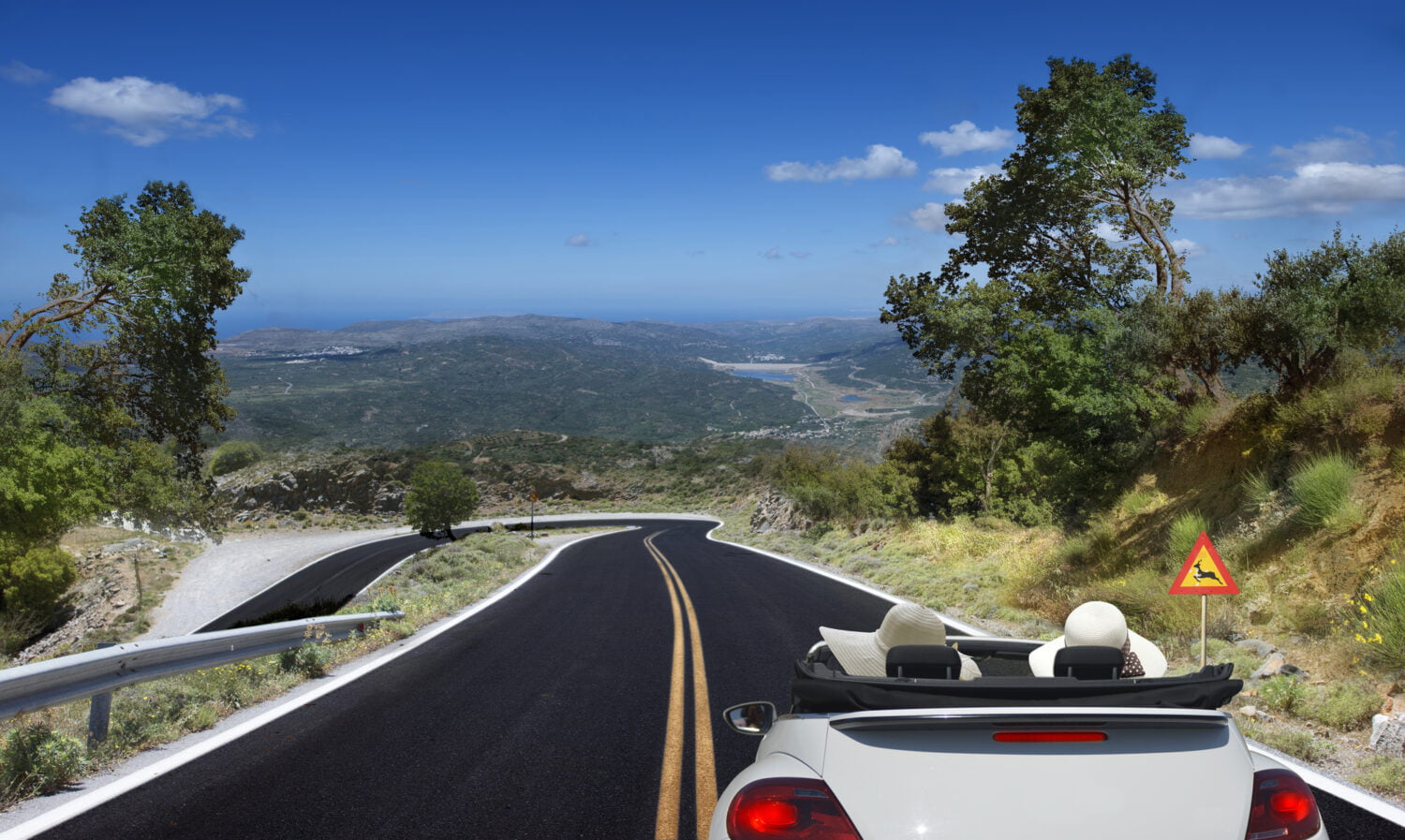
Respect the City’s Traffic
In the cities, traffic can be dense, especially during peak hours. Motorcycles and scooters weave through traffic, and pedestrians often cross roads without warning. Parking can be challenging, so consider using designated car parks or public transportation when visiting busy city centres.
Night Driving
Night driving in Crete can be tricky due to insufficient street lighting, especially on country roads. Additionally, not all vehicles use their lights consistently. Maintain a lower speed, use your high beams judiciously, and stay extra cautious to compensate for the reduced visibility.
Weather Conditions
Weather conditions can significantly impact driving safety. In winter, mountain roads can be slippery or blocked due to snowfall. During summer, the intense heat can lead to tire blowouts if your tires are not in good condition. Always check the weather forecast and ensure your vehicle is equipped to handle the situation.
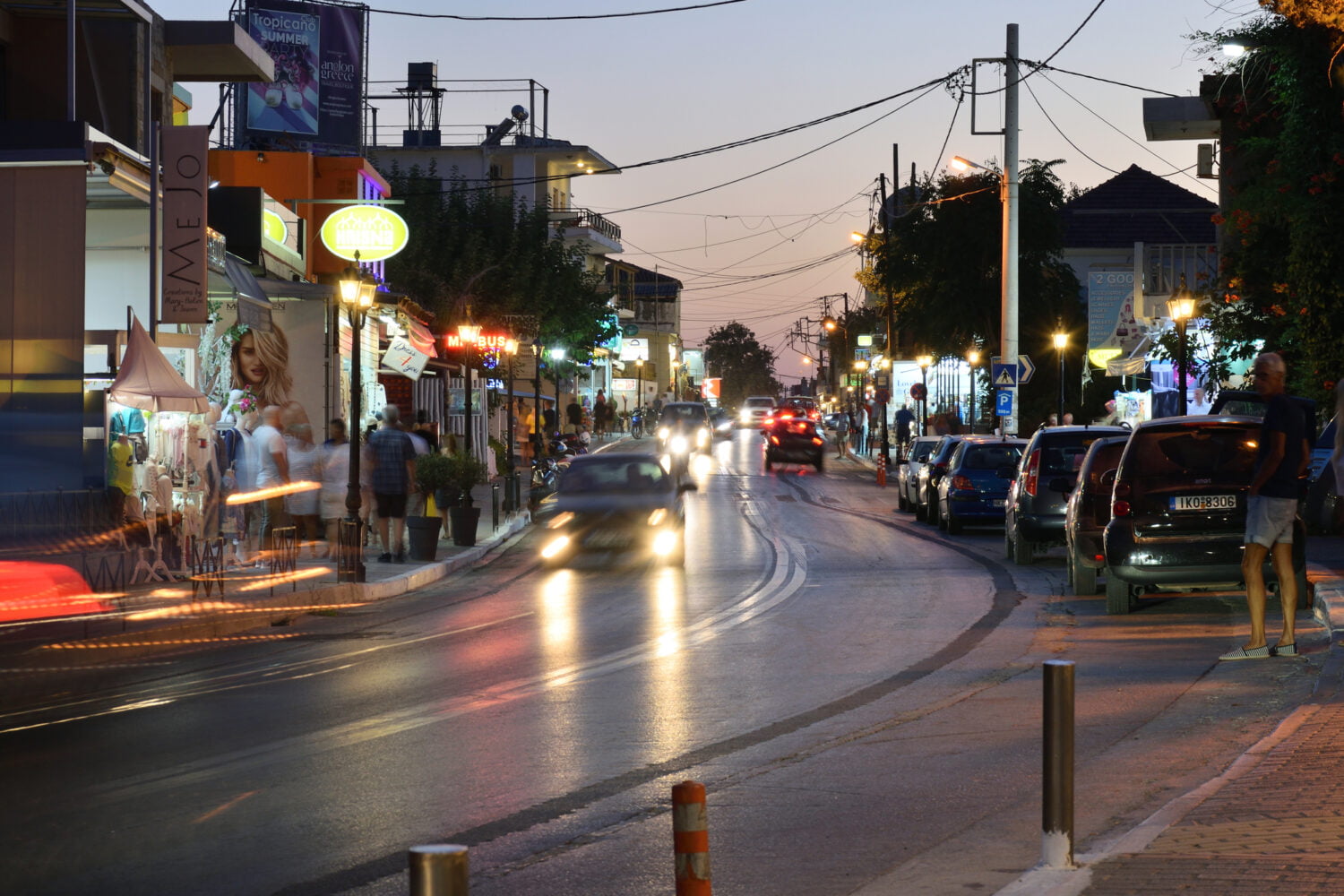
Specific Rules for Driving in Crete
While the basic rules of the road in Crete align with those in most European countries, there are some specific regulations and practices that you should be aware of:
Right-Hand Driving
In Crete, as in the rest of Greece, vehicles drive on the right-hand side of the road. This can be a significant adjustment for visitors from countries where driving is on the left.
Speed Limits
Speed limits in Crete are typically as follows:
- 50 km/h (31 mph) in built-up areas
- 90 km/h (56 mph) outside built-up areas
- 130 km/h (81 mph) on dual-lane motorways
However, these limits can vary, so always pay attention to road signs.
Seat Belts and Child Safety
Seat belts are mandatory for all passengers in the front and back seats. Children under 12 are not allowed to sit in the front seat. If you’re travelling with young children, request a suitable child safety seat from your car rental company.
Alcohol Limit
The legal blood alcohol limit is 0.05%. For drivers with less than two years of experience, the limit is 0.02%. It’s always safer to avoid drinking alcohol if you plan to drive.
Mobile Phones
Using a mobile phone while driving is prohibited unless you have a hands-free device. This rule is strictly enforced, and fines can be hefty.
Driving Half on the Shoulder in Crete
One unique aspect of driving in Crete that often surprises visitors is the practice of driving half on the shoulder, especially on national roads. This is not an official rule but a common courtesy that has become a part of the local driving culture. Here’s what you need to know:
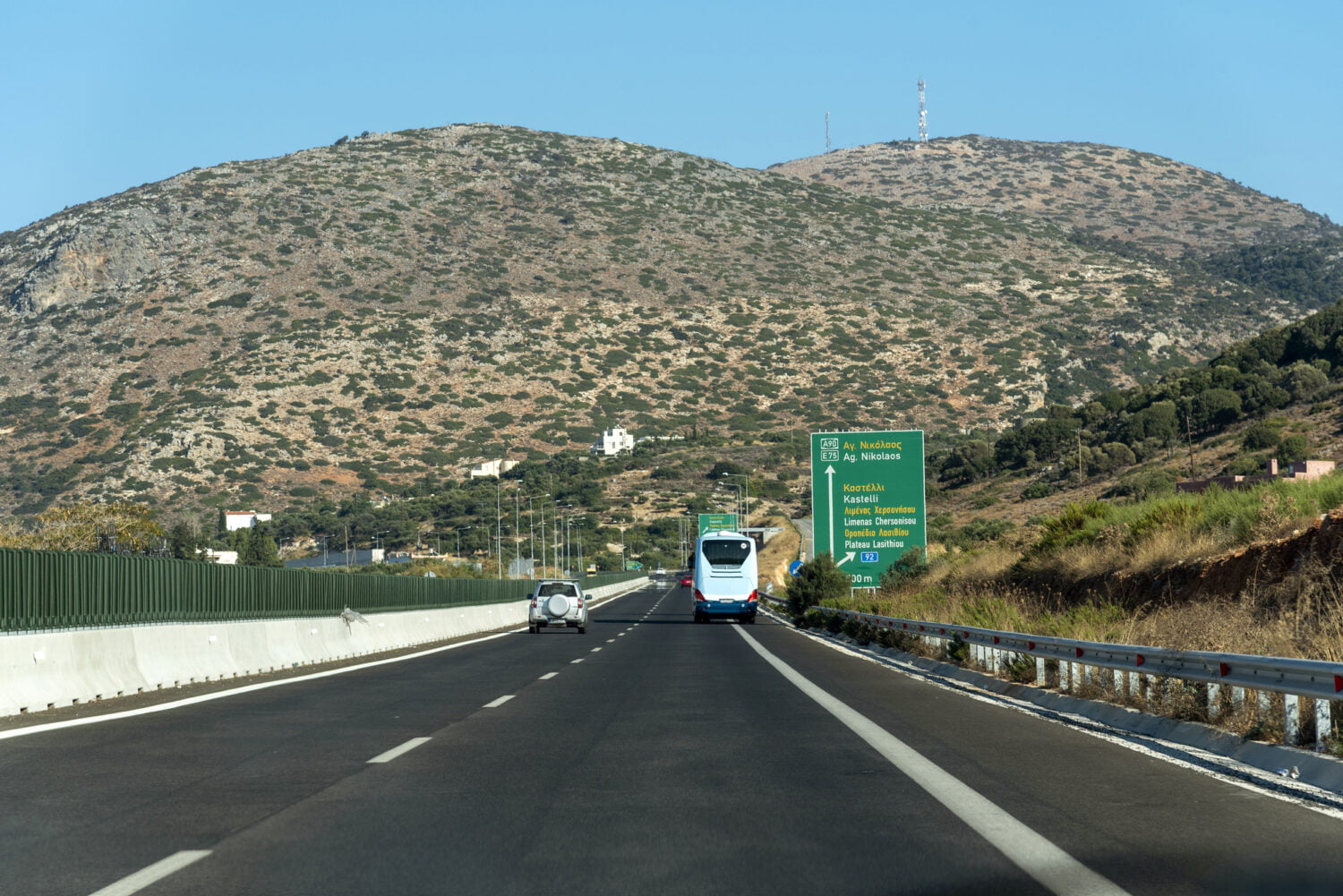
What Does It Mean?
Driving half on the shoulder means that drivers often move partially onto the hard shoulder (the side of the road) to allow faster vehicles to overtake them, even when there’s only one lane in each direction. This practice is widespread on roads without overtaking lanes or dual carriageways.
Why Do Drivers Do This?
The main reason for this practice is to facilitate smoother traffic flow. Moving partially onto the shoulder allows slower drivers to pass faster vehicles without waiting for a designated overtaking zone. This can be particularly helpful in Crete, where winding roads and heavy traffic often make overtaking difficult.
How to Do It Safely
If you follow this practice, it’s essential to do it safely. Always check your mirrors and blind spots before moving onto the shoulder, and only do so if the shoulder is wide enough and free of any obstacles. Never force other drivers onto the shoulder – it’s a courtesy, not a requirement.
What to Be Aware Of
While driving half on the shoulder can help improve traffic flow, it’s with its risks. The shoulder may be uneven or have potholes, and pedestrians or parked vehicles may be present. Always be vigilant and ready to move back onto the central part of the road if necessary.
Remember, your safety and the safety of other road users should always be your top priority. If you’re uncomfortable driving half on the shoulder, staying on the central part of the road is perfectly okay, provided you’re not impeding traffic. Always follow the official road rules and drive in a safe and comfortable way.
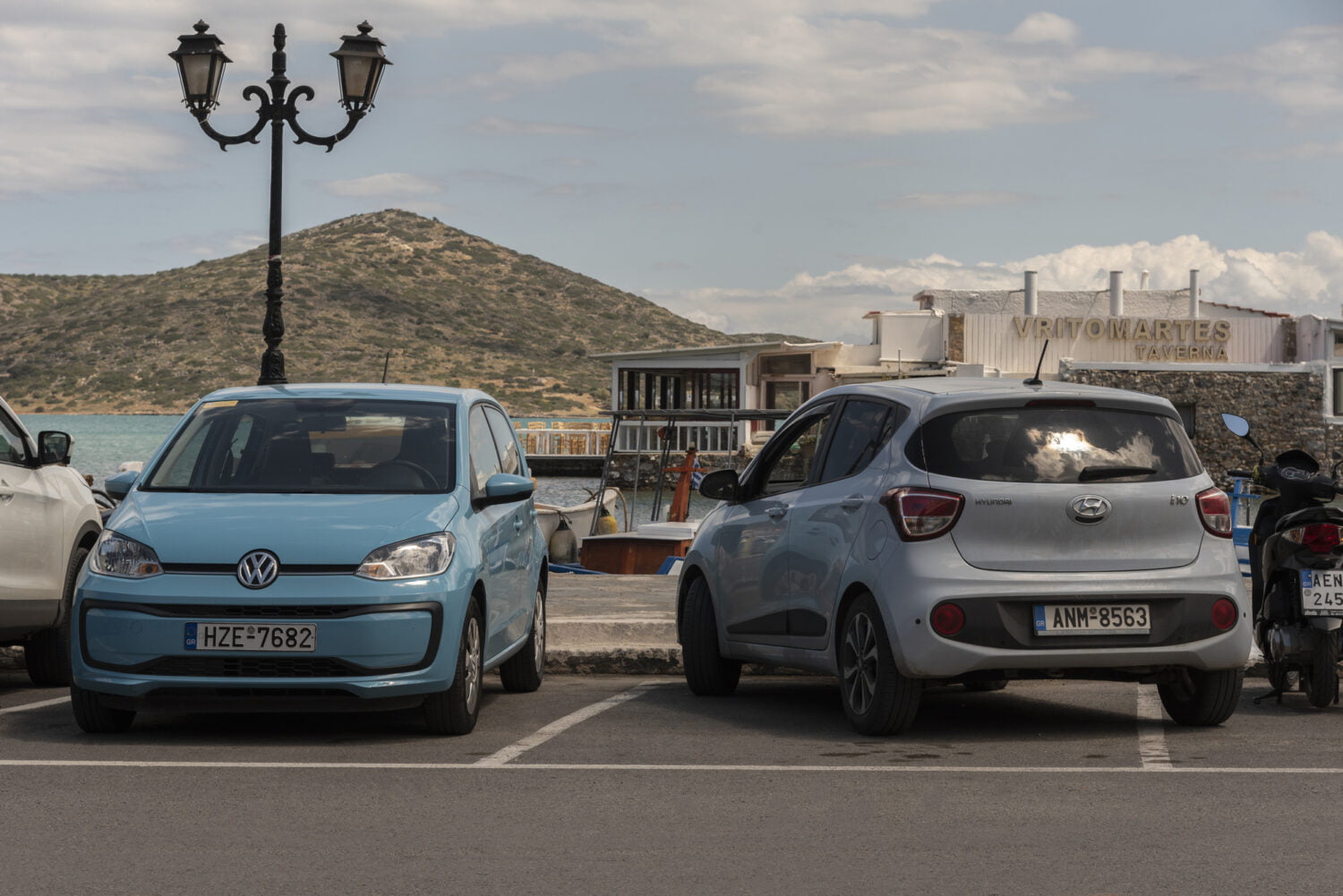
Renting a Car in Crete: What to Watch Out For
Renting a carRenting a carRenting a car is a popular option for many visitors to Crete. Here are some tips to ensure a smooth rental experience:
Choose a Reputable Rental Company
Do your research and choose a reputable car rental companyReputable Rental Companyreputable car rental company. Look for companies with positive online reviews and clear, transparent pricing policies.
Check the Car Thoroughly
Before driving away, check the car thoroughly for any existing damage and ensure it’s noted on the rental agreement. This includes the bodywork, windows, wheels, and interior. Also, check that all the lights, wipers, and indicators are working correctly.
Understand the Insurance Policy
Make sure you understand the insurance policy. What does it cover, and what is your liability in case of an accident or damage to the car? Consider taking additional coverage if necessary.
Check the Fuel Policy
Understand the car rental company’s fuel policy. Some companies provide a full fuel tank and expect you to return the car with a full tank. Others might charge you for a full tank and allow you to return it empty. Make sure this is clear to avoid any unexpected charges.
Driving License and ID
Ensure you have a valid driving license. You’ll need an International Driving Permit if your license is outside the Roman alphabet (English, French, etc.). Also, keep your passport or ID card handy, as the rental company will need it.
Roadside Assistance
Check if the rental company provides roadside assistance in case of a breakdown or accident. Make sure you have their emergency contact number.
Renting a car in Crete can allow you to explore the island at your own pace. Awareness of the specific driving rules and taking care when renting a car can ensure a safe and enjoyable journey.
Emergency Situations
In case of an emergency, the pan-European emergency number is 112. It’s also a good idea to have your insurance details and the contact number of your car rental company at hand.
Driving in Crete is more than a means to get from point A to point B. It’s an opportunity to immerse yourself in the island’s captivating landscapes and experience the local way of life. With some preparation and awareness, you can ensure a safe and memorable driving experience. So buckle up, start the engine, and let the adventure begin!
Respect the Environment
Crete is a land of remarkable natural beauty. As visitors, it’s our responsibility to preserve the environment. Avoid littering, respect wildlife, and stick to designated roads, especially in protected areas. Remember, we’re not just drivers but stewards of this beautiful island.
Final Thoughts
Driving in Crete is about reaching your destination and the journey itself. The open road, the scenic landscapes, the quaint villages, the friendly locals – these are the experiences that make your trip truly memorable. And while the driving conditions may seem challenging at first, with a bit of patience and caution, you’ll soon find yourself navigating the roads like a local.
Remember, safety should always be your top priority. Stay alert, respect the rules, and embrace the unexpected. After all, isn’t that what makes an adventure exciting?
So, as you set off on your Cretan driving adventure, remember these tips. They’ll help you stay safe on the road and enhance your overall travel experience. Here’s to a journey filled with unforgettable moments and breathtaking views. Happy driving in Crete!
This guide may need to be completed, but it provides a good starting point for understanding Crete’s unique driving aspects. Remember to stay alert, be patient, and, most importantly, enjoy the journey. Crete is a beautiful island with much to offer, and driving is one of the best ways to experience it. Safe travels!
Table of Contents
Views: 195

